Home>Articles>How To Install Eaton Whole House Surge Protector
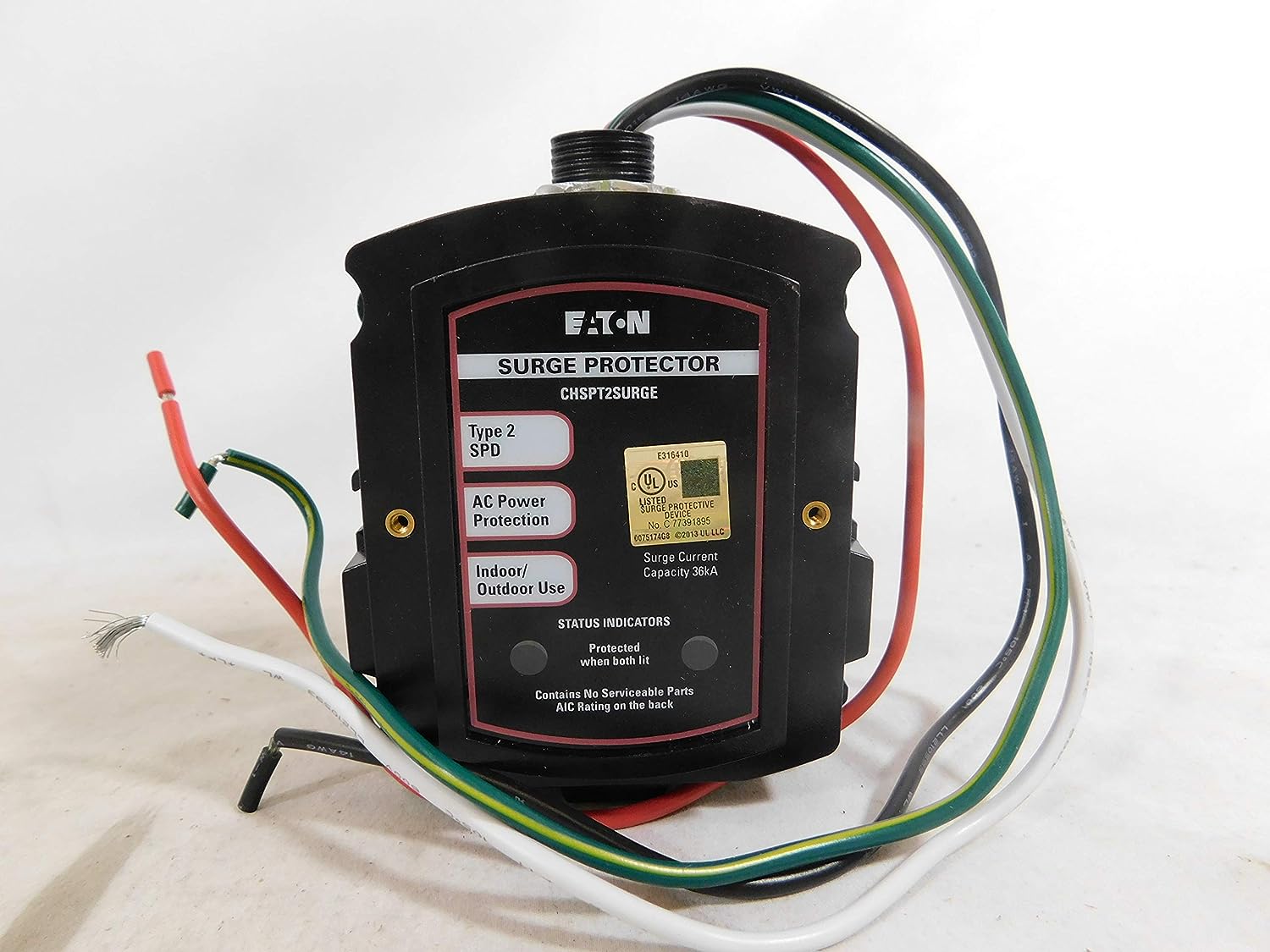

Articles
How To Install Eaton Whole House Surge Protector
Modified: February 22, 2024
Learn how to install Eaton Whole House Surge Protector with our step-by-step guide. Read our informative articles and protect your home from power surges.
(Many of the links in this article redirect to a specific reviewed product. Your purchase of these products through affiliate links helps to generate commission for Storables.com, at no extra cost. Learn more)
Introduction
Protecting your home from electrical surges is crucial in today’s technologically advanced world. With the increasing number of electronic devices in our homes, the risk of damage caused by power surges is higher than ever. A power surge, also known as a voltage spike, is a sudden increase in electrical current that can damage or destroy your appliances, electronics, and even your electrical wiring.
Fortunately, installing a whole house surge protector can provide an added layer of protection for your home against these dangerous surges. A whole house surge protector is a device that is installed at your home’s main electrical panel, helping to prevent surges from reaching your appliances and electronics. It acts as a barrier, diverting the excess electrical energy safely to the ground.
In this article, we will guide you through the process of installing an Eaton whole house surge protector. Eaton is a renowned manufacturer of electrical products, known for their quality and reliability. By following these steps, you can ensure the proper installation of the surge protector and safeguard your home from potential damage caused by power surges.
Key Takeaways:
- Protect your home from power surges by installing an Eaton whole house surge protector. Follow the step-by-step guide for a safe and effective installation, ensuring the safety of your electrical system and valuable electronic devices.
- Prioritize safety and proper installation when installing a whole house surge protector. Turn off the power, secure the surge protector, and test the system to safeguard your home from potential damage caused by power surges.
Step 1: Gather the Necessary Tools and Materials
Before you begin the installation process, it’s essential to gather all the necessary tools and materials. Having everything at hand will make the installation smoother and more efficient. Here’s a list of what you will need:
- Eaton whole house surge protector kit (check the package for specific contents)
- Screwdriver
- Pliers
- Wire stripper
- Electrical tape
- Marker or label maker
- Flashlight
- Protective gloves and safety glasses
Ensure that you have all the items listed above before proceeding with the installation. If anything is missing, make a trip to your local hardware store to acquire them. It’s crucial to have the right tools and materials to complete the installation correctly and safely.
The Eaton whole house surge protector kit should come with detailed installation instructions. It’s crucial to review these instructions thoroughly before beginning the installation. Familiarize yourself with the steps and make sure you understand every aspect of the process.
Keep in mind that working with electricity can be dangerous if you’re not careful. Always prioritize your safety and take the necessary precautions. If you’re unsure about any part of the installation process, consult a qualified electrician for assistance.
Step 2: Locate the Main Electrical Panel
The main electrical panel, also known as the breaker box or distribution board, is the central hub for all the electrical circuits in your home. It’s usually located in a basement, garage, utility room, or an area designated for electrical equipment.
To install the Eaton whole house surge protector, you need to locate the main electrical panel. Here’s how:
- Start by identifying the area in your home where the panel is likely to be located. It’s usually positioned near the electric meter.
- Look for a metal or plastic box on the wall, typically with a hinged door covering the breakers.
- Depending on the size of your home, the main electrical panel may have multiple rows of circuit breakers or fuses.
- Take note of the manufacturer’s name and model number of the panel. This information may be useful if you need to refer to the panel’s specifications later.
If you’re having difficulty locating the main electrical panel, consult your home’s blueprint, or reach out to a professional electrician for guidance.
Once you have successfully found the main electrical panel, ensure that it’s easily accessible and there’s enough space to work comfortably during the installation process. Clear any clutter or obstructions that may hinder your progress.
Step 3: Turn Off the Power
Before you start working on the main electrical panel, it’s crucial to turn off the power to ensure your safety. Working with live electrical circuits can be extremely dangerous, so it’s vital to follow proper procedures to avoid electrocution.
Here’s how you can safely turn off the power:
- Locate the main circuit breaker switch in the electrical panel. It is typically larger than the other switches and is labeled as the main breaker.
- Flip the main breaker switch to the “off” position. This will shut off the power to the entire house.
- Verify that the power is indeed turned off by checking that the lights, outlets, and appliances in your home no longer function. Use a voltage detector to confirm the absence of voltage in the panel.
- For added safety, place a piece of tape over the main breaker switch to prevent anyone from accidentally turning it back on while you’re working.
Remember, even though the power is turned off, always exercise caution and treat all wires and components in the electrical panel as live until you’ve verified that they are not.
Turning off the power will protect you from potential electric shocks and make the installation process safer. Take a moment to familiarize yourself with the location and operation of the main breaker switch before proceeding to the next step.
Step 4: Remove the Panel Cover
With the power turned off, you can now proceed to remove the panel cover. The panel cover is a protective barrier that encloses the electrical circuits and components within the main electrical panel.
Follow these steps to safely remove the panel cover:
- Ensure that you’re wearing protective gloves and safety glasses before starting.
- Most panel covers are secured with screws. Use a screwdriver to carefully loosen and remove the screws that hold the panel cover in place. Set the screws aside in a safe location.
- Once the screws are removed, gently pull the panel cover away from the main electrical panel. Be cautious of any wires or cables that may be attached to the panel cover and ensure that they are not snagged or damaged during the removal.
- Set the panel cover aside in a safe area where it won’t get damaged. You may need to refer to it later or reinstall it once the surge protector is installed.
With the panel cover removed, you’ll have clear access to the circuit breakers and wiring inside the main electrical panel. Take a moment to inspect the interior of the panel and ensure that there are no obvious signs of damage or corrosion. If you notice any issues, consult a licensed electrician before proceeding further.
Remember, the panel cover should always be replaced once the installation is complete. The cover provides protection against accidental contact with live wires and also keeps dust and debris out of the panel.
Read more: How To Install A Whole House Surge Protector
Step 5: Identify the Breaker Connection
Before you can install the Eaton whole house surge protector, you need to identify the breaker that corresponds to the area of your home where the surge protector will be installed. This breaker is where you will connect the surge protector to provide protection for the entire house.
Here’s how to identify the breaker connection:
- Observe the circuit breakers in the main electrical panel. Each breaker should be labeled to indicate which electrical circuit it controls. The labels may vary depending on the previous installation or any labeling system used.
- If the breakers are not labeled or you’re unsure, you can identify the breaker by turning on/off lights or appliances in different parts of your home while a helper observes the breakers. This will help you determine which breaker controls the entire house.
- Once you’ve identified the breaker that controls the entire house, verify its function by turning it off and checking if all the power in your home is deactivated. If done correctly, no lights or appliances should be functioning.
- Use a marker or label maker to mark the breaker with a clear indication that it’s the main breaker connected to the Eaton surge protector. This will help you and future homeowners easily identify the purpose of the breaker.
Identifying the breaker connection is crucial to ensure that the Eaton whole house surge protector is able to provide protection to all electrical circuits in your home. Take your time to accurately identify the correct breaker and label it properly to avoid any confusion in the future.
When installing an Eaton whole house surge protector, make sure to follow the manufacturer’s instructions carefully and consider hiring a licensed electrician for the installation to ensure it is done safely and correctly.
Step 6: Disconnect the Breaker
In order to install the Eaton whole house surge protector, you will need to disconnect the breaker that you identified in the previous step.
Follow these steps to disconnect the breaker:
- Ensure that you are wearing protective gloves and safety glasses before proceeding.
- Locate the main breaker that you identified as the one connected to the whole house surge protector.
- Using a screwdriver, gently loosen and remove the screws or clips that secure the breaker to the electrical panel.
- If there are multiple wires connected to the breaker, use pliers or a screwdriver to carefully remove each wire from the breaker’s terminal. Take note of the position and arrangement of the wires as you’ll need to reconnect them later.
- Once the wires are disconnected, set the breaker aside in a safe location.
By disconnecting the breaker, you are ensuring that there is no power flowing to the area where you will be installing the Eaton whole house surge protector.
Take extra care when handling the breaker and wires, as they may be delicate and can cause injury if not handled properly. Avoid pulling or tugging on the wires excessively, as this can damage them. If you encounter any difficulties during this step, it is advisable to seek the assistance of a qualified electrician.
With the breaker disconnected, you can now proceed to the next step and install the surge protector in the main electrical panel.
Step 7: Install the Surge Protector
Now that you have disconnected the breaker, you are ready to install the Eaton whole house surge protector in the main electrical panel. This step involves securely attaching the surge protector to the panel.
Follow these steps to install the surge protector:
- Ensure that you have read the installation instructions provided with the Eaton surge protector. Familiarize yourself with any specific requirements or recommendations.
- Position the surge protector near the breaker slot where the breaker was previously located.
- Carefully align the surge protector with the slots or mounting holes in the main electrical panel. The surge protector should fit securely and be flush against the panel.
- Using the screws provided with the surge protector kit, fasten the surge protector to the panel. Make sure the screws are tightened securely but not overly tightened to avoid damaging the panel or the surge protector.
- Check that the surge protector is stable and properly installed. It should be securely attached without any loose connections or wobbling.
- Refer to the surge protector’s instructions to ensure proper grounding. Follow the recommended grounding method to ensure the surge protector is effectively grounded.
Proper installation of the surge protector is crucial for its effectiveness in protecting your home from power surges. Take your time to ensure that the surge protector is securely attached and properly grounded.
Remember, if you are unsure of any aspect of the installation, it is recommended to consult a licensed electrician for assistance. They will have the expertise and experience to ensure a safe and proper installation.
Once the surge protector is installed, you can proceed to the next step, which involves securing it in place and reconnecting the breaker.
Step 8: Secure the Surge Protector in Place
After installing the Eaton whole house surge protector in the main electrical panel, it’s important to secure it in place to ensure stability and proper functioning. This step involves making sure the surge protector is firmly secured and any necessary connections are made.
Follow these steps to secure the surge protector:
- Check the surge protector’s installation instructions for any specific recommendations on securing it in place.
- Using the screws provided with the surge protector kit, tighten the screws to secure the surge protector to the electrical panel. Ensure that the surge protector is flush against the panel and there are no gaps or looseness.
- Use a screwdriver to ensure that all screws are tightened securely but not overly tightened, as this can damage the surge protector or the panel.
- Verify that all connections are properly made. Double-check that any grounding wires or terminals are securely connected and tightened according to the surge protector’s instructions.
- Inspect the surge protector to ensure that all indicator lights and status LEDs are functioning correctly. These indicators will typically show the surge protector’s operational status and any warnings or faults.
Securing the surge protector in place is essential to ensure its effectiveness and proper operation. A loose or improperly installed surge protector may be less effective in providing protection from power surges.
If you encounter any difficulties during this step or have any concerns about the installation, it is advisable to consult a licensed electrician for assistance. They can ensure that the surge protector is securely installed and functioning optimally.
Once the surge protector is securely in place, you can move on to the next step, which involves reconnecting the breaker and restoring power to your home.
Step 9: Reconnect the Breaker
With the surge protector securely installed, it’s time to reconnect the breaker that you disconnected earlier. Reconnecting the breaker will restore power to your home while ensuring that the surge protector provides protection to all electrical circuits.
Follow these steps to reconnect the breaker:
- Ensure that the main breaker switch is still in the “off” position to prevent any accidental power flow during the reconnection process.
- Take note of the wires that were previously connected to the breaker and their positions.
- Align the breaker with the corresponding slot in the electrical panel and carefully insert it.
- Securely fasten the breaker to the panel using screws or clips according to the manufacturer’s instructions. Ensure that the breaker is firmly in place.
- Reconnect the wires to the breaker’s terminals in the same positions as before. Use pliers or a screwdriver to secure the wires properly.
- Double-check all wire connections to ensure they are secure and there are no loose or exposed wires.
Once you have reconnected the breaker and ensured that all connections are secure, it’s time to move on to the final step: testing and restoring power to your home.
Remember to exercise caution when working with live electrical circuits. If you are unsure about any aspect of the reconnection process, it is best to seek the assistance of a qualified electrician to ensure your safety and the proper functioning of the electrical system.
Step 10: Test and Restore Power
After completing the installation of the Eaton whole house surge protector and reconnecting the breaker, it’s now time to test the system and restore power to your home. Testing is essential to ensure that the surge protector is functioning correctly and providing the desired level of protection against power surges.
Follow these steps to test and restore power:
- Make sure that all electrical appliances and devices in your home are turned off.
- Double-check that the main breaker switch is still in the “off” position to prevent any power flow during the testing phase.
- Carefully turn the main breaker switch to the “on” position.
- Observe the electrical panel and look for any signs of abnormality such as sparks or unusual noises. If you notice any issues, immediately shut off the power and consult a professional electrician.
- Gradually turn on individual breakers to restore power to different areas of your home.
- Test various outlets, lights, and appliances to ensure they are functioning correctly.
- Monitor the surge protector’s indicator lights or status LEDs to verify that it is operational and providing protection.
- Consider running a surge test by using a surge generator or contacting your electricity provider to simulate a power surge and confirm that the surge protector successfully diverts excess voltage.
If everything appears to be functioning normally and the surge protector is providing the expected protection, you can consider the installation process complete.
However, if you encounter any issues, such as tripped breakers or electrical malfunctions, it is strongly recommended to seek the assistance of a licensed electrician. They can diagnose and resolve any problems to ensure the proper functioning of your electrical system.
Remember, regular testing and maintenance of your whole house surge protector are important to ensure its effectiveness. Consult the manufacturer’s guidelines for any recommended maintenance procedures to keep your surge protector operating at its best.
Conclusion
Installing an Eaton whole house surge protector is a proactive step towards protecting your home and valuable electronic devices from harmful power surges. By following the step-by-step installation process outlined in this article, you can ensure that the surge protector is properly installed and providing the desired level of protection.
Throughout the installation process, it is vital to prioritize safety. Always turn off the power before working on the main electrical panel and take necessary precautions such as wearing protective gloves and safety glasses. If you are unsure about any aspect of the installation, it’s wise to consult a licensed electrician who can guide you through the process and ensure your safety.
Remember, a surge protector is not a guarantee against all electrical issues, but it provides an additional layer of protection against power surges. Regularly test your surge protector and perform any recommended maintenance procedures to keep it operating effectively.
By installing an Eaton whole house surge protector, you are taking an important step towards safeguarding your home’s electrical system and the valuable electronic devices connected to it. Enjoy the peace of mind knowing that you have taken proactive measures to protect your investment and prevent damage caused by power surges.
Stay informed about the latest advancements in surge protection technology and be proactive in maintaining the safety and functionality of your home’s electrical system. With a well-installed and properly maintained surge protector, you can minimize the risk of costly electrical damage and ensure the longevity of your electronic devices.
Frequently Asked Questions about How To Install Eaton Whole House Surge Protector
Was this page helpful?
At Storables.com, we guarantee accurate and reliable information. Our content, validated by Expert Board Contributors, is crafted following stringent Editorial Policies. We're committed to providing you with well-researched, expert-backed insights for all your informational needs.
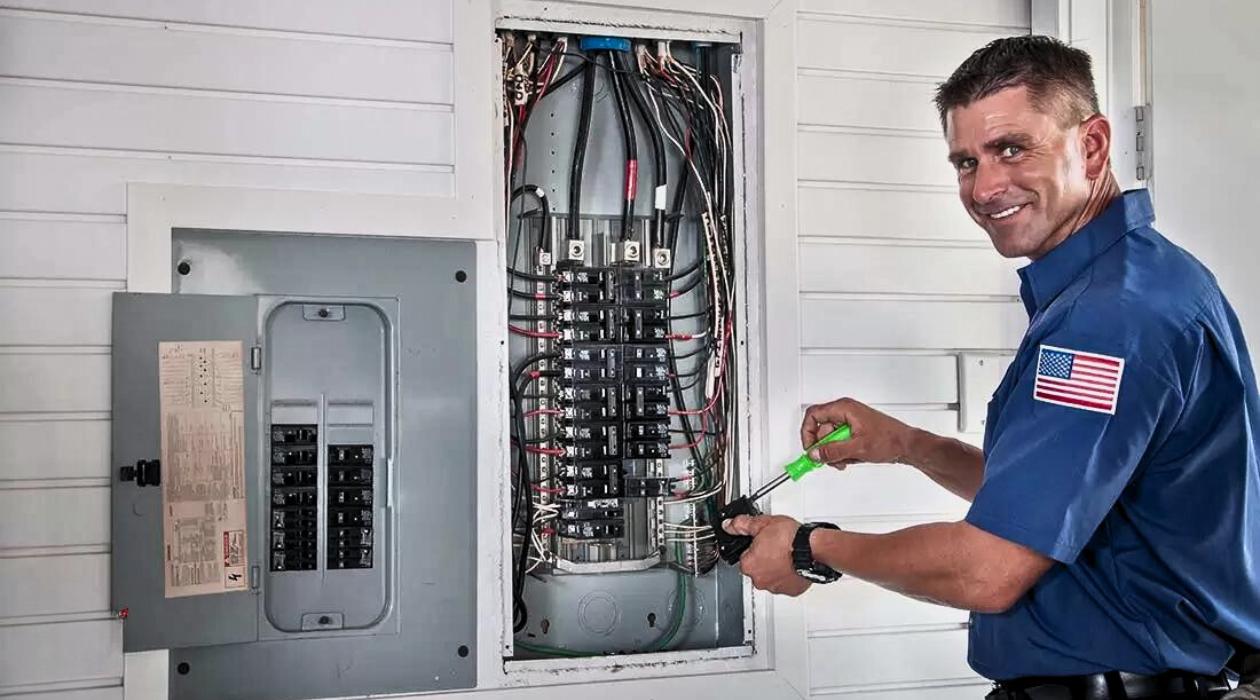
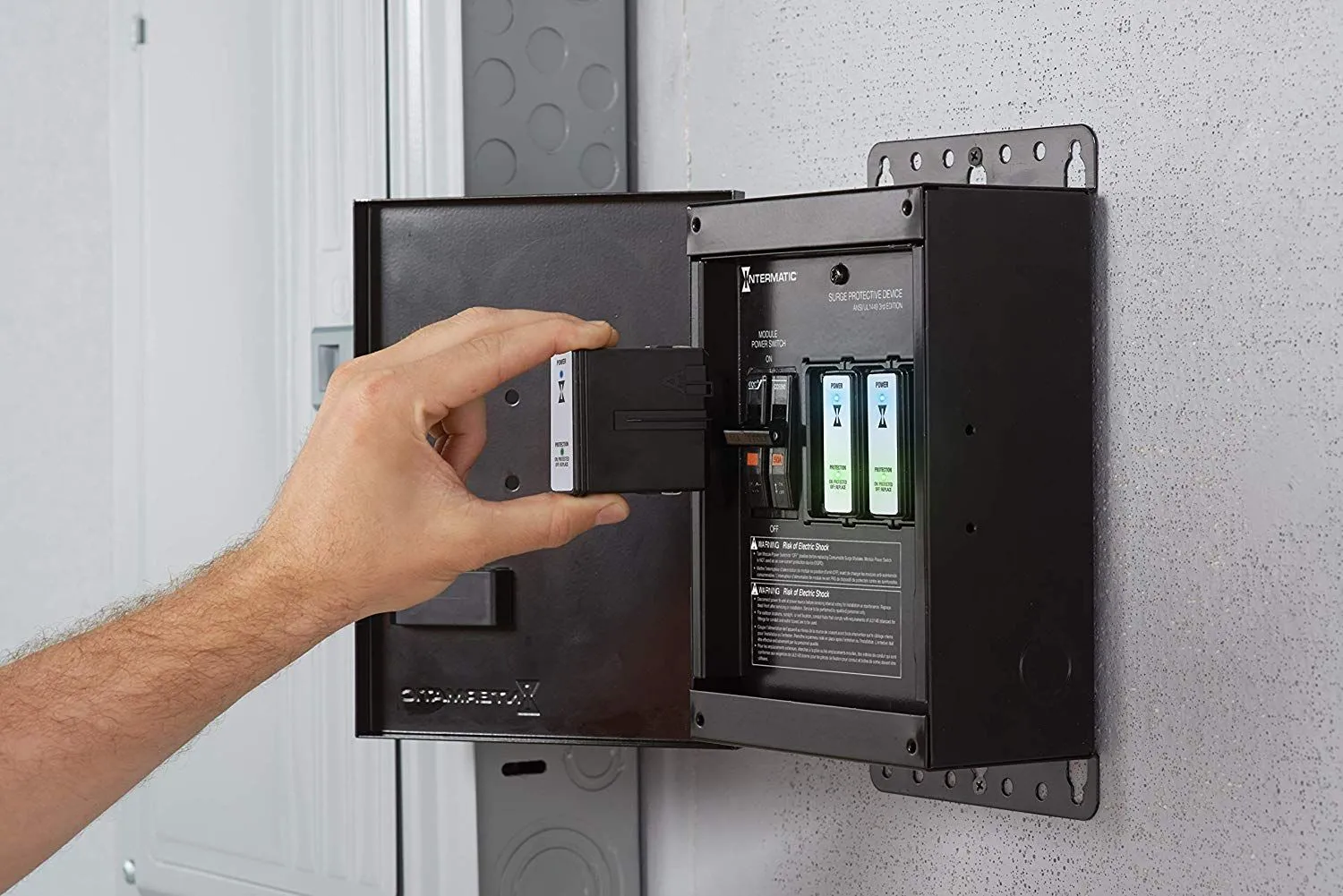
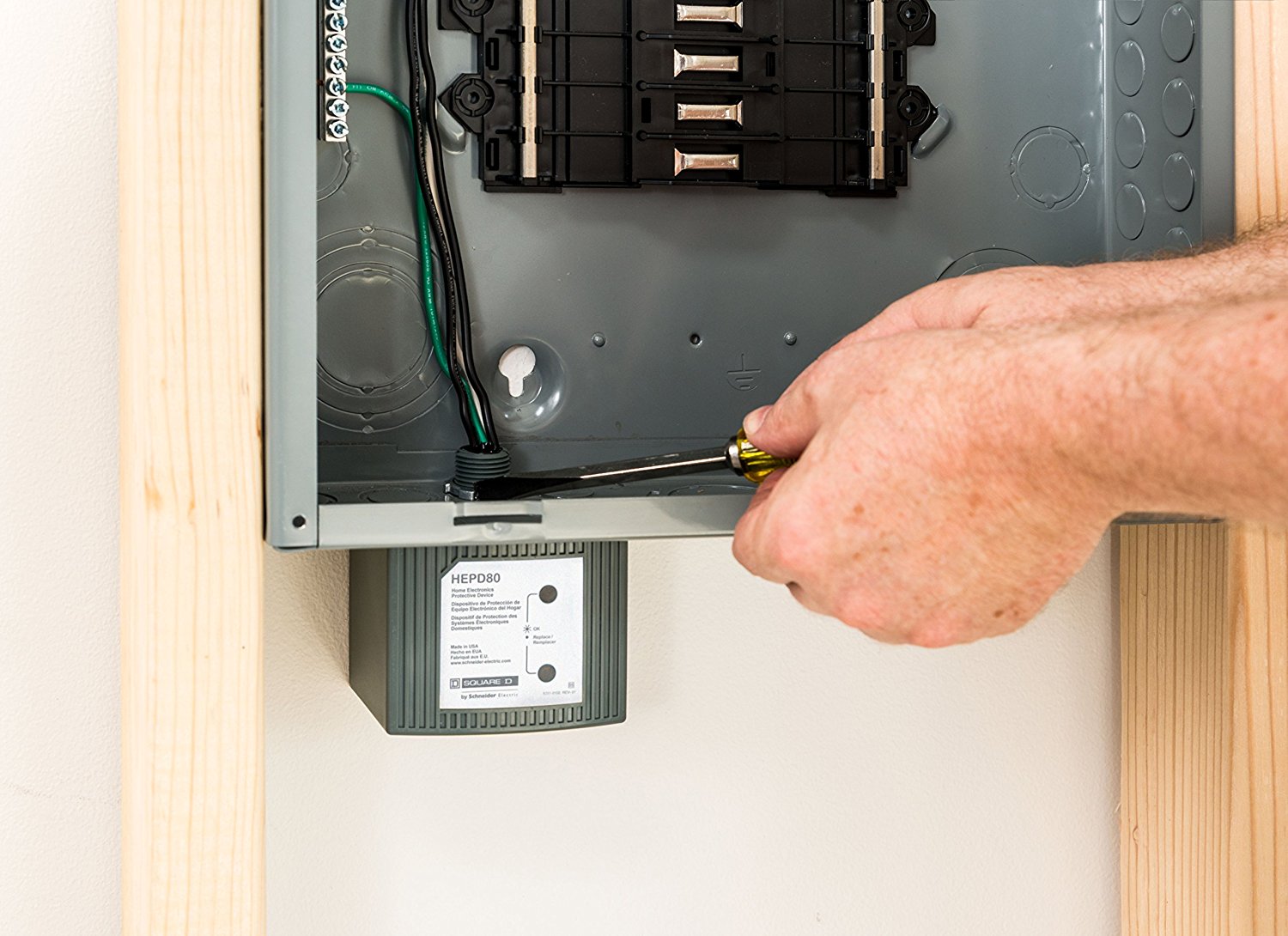
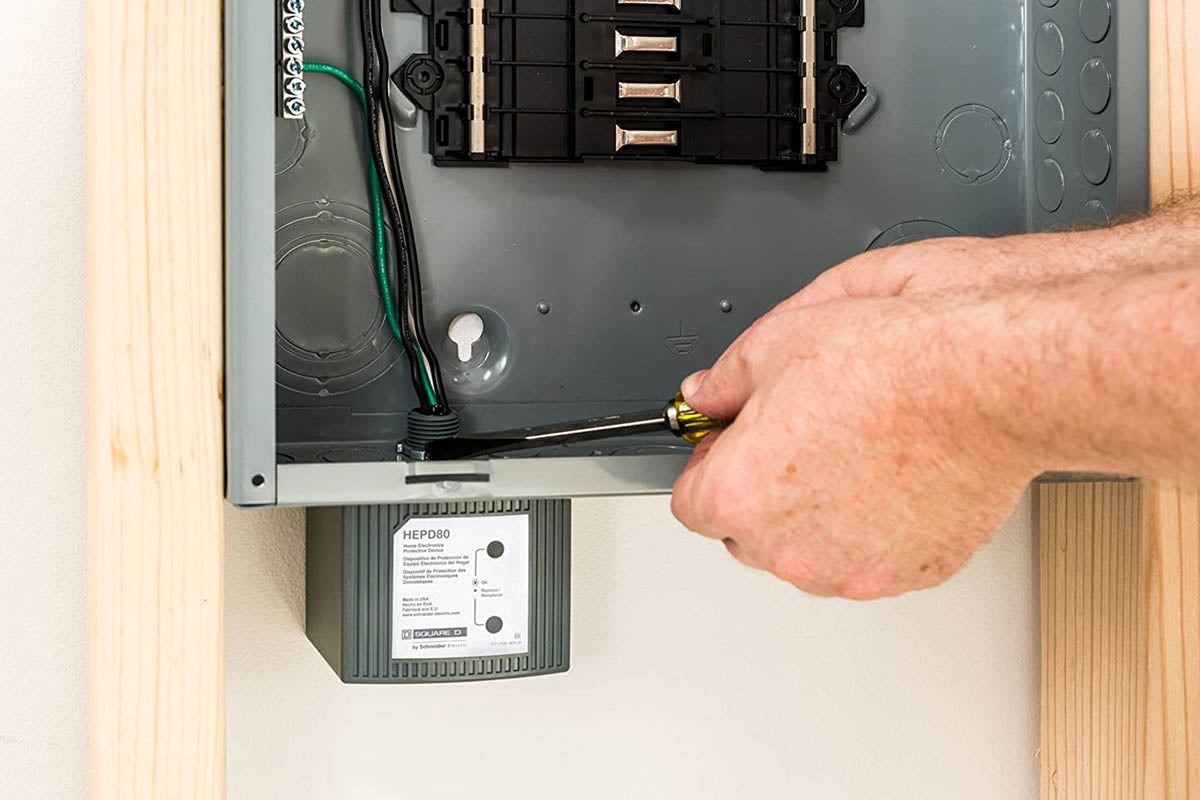
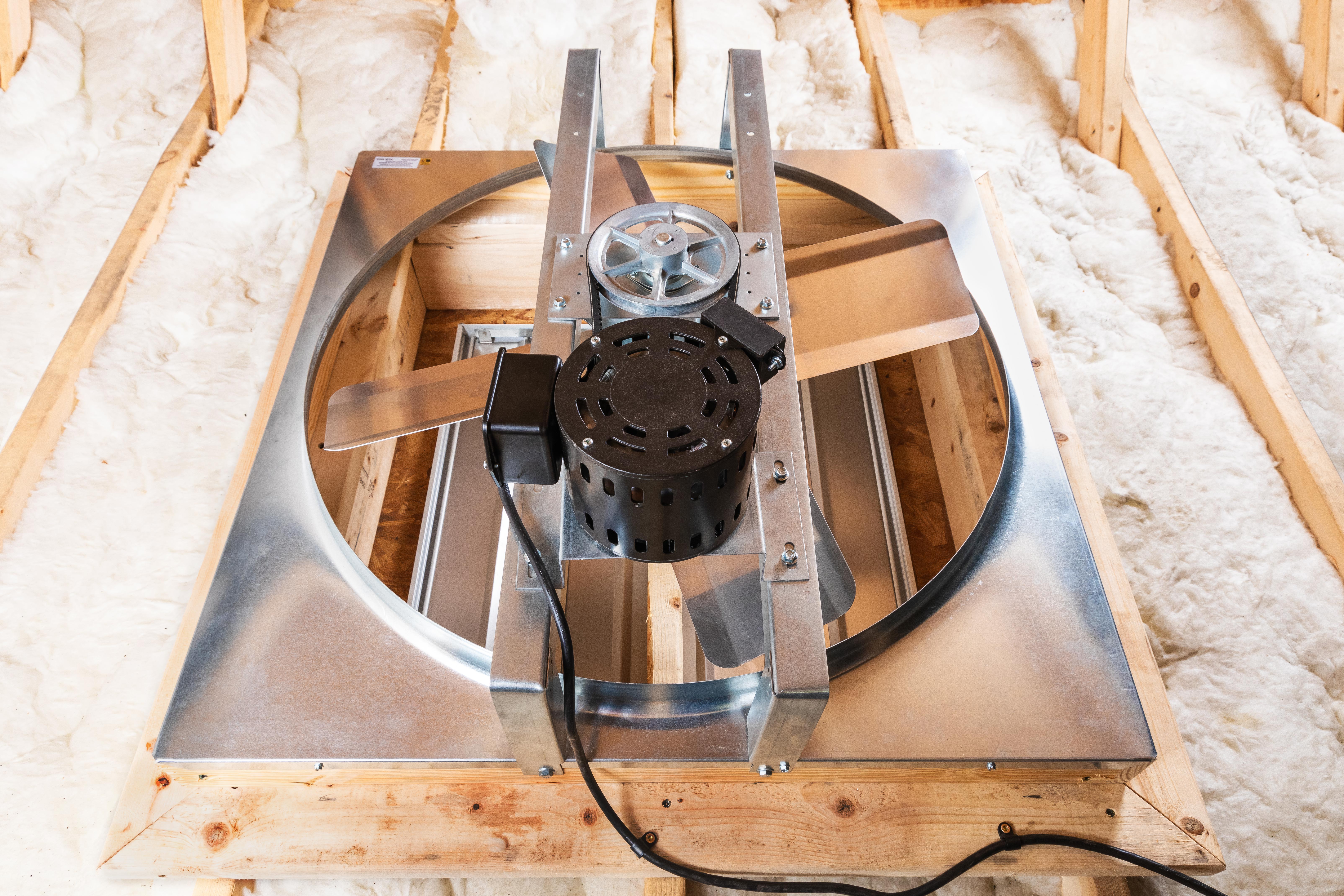
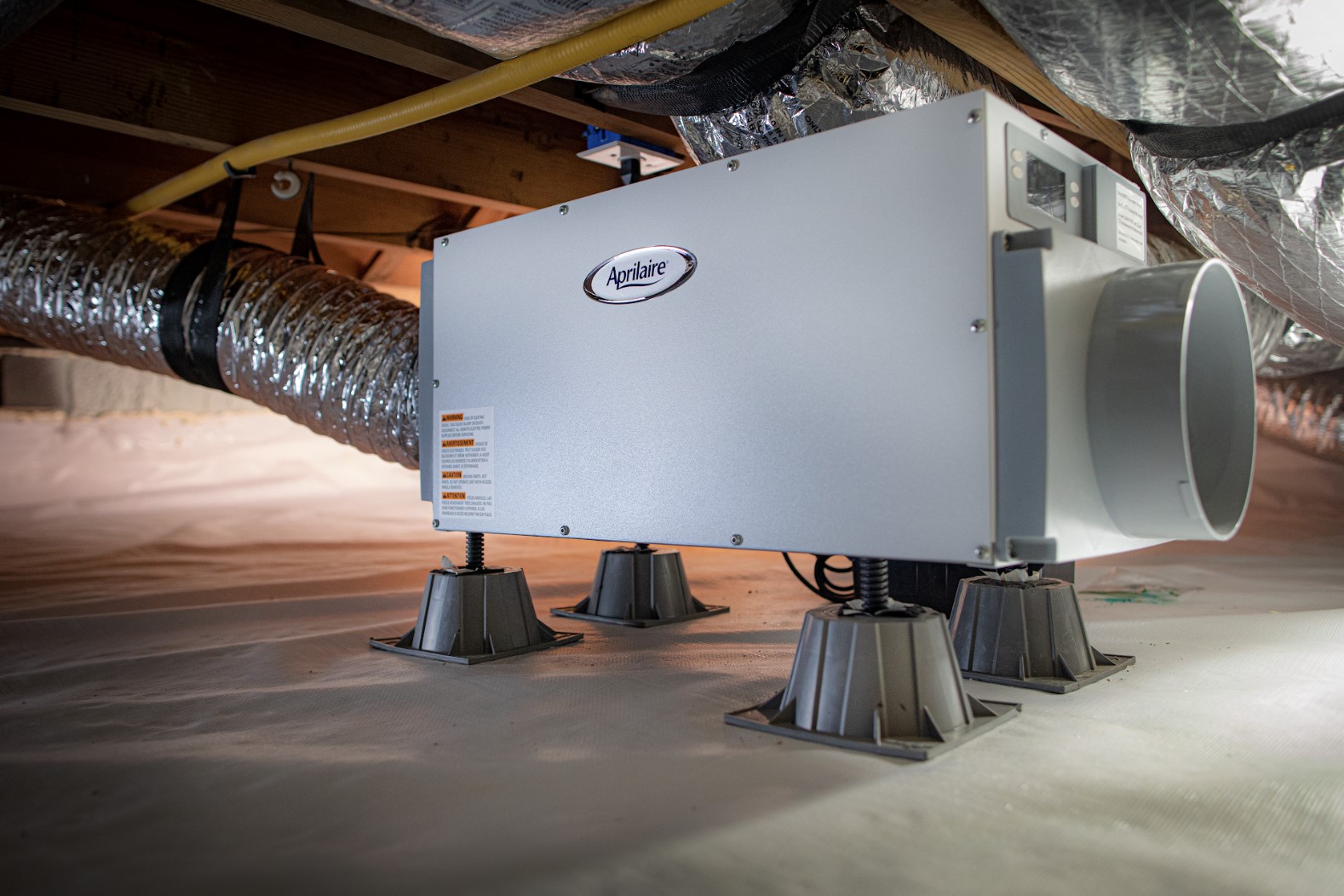
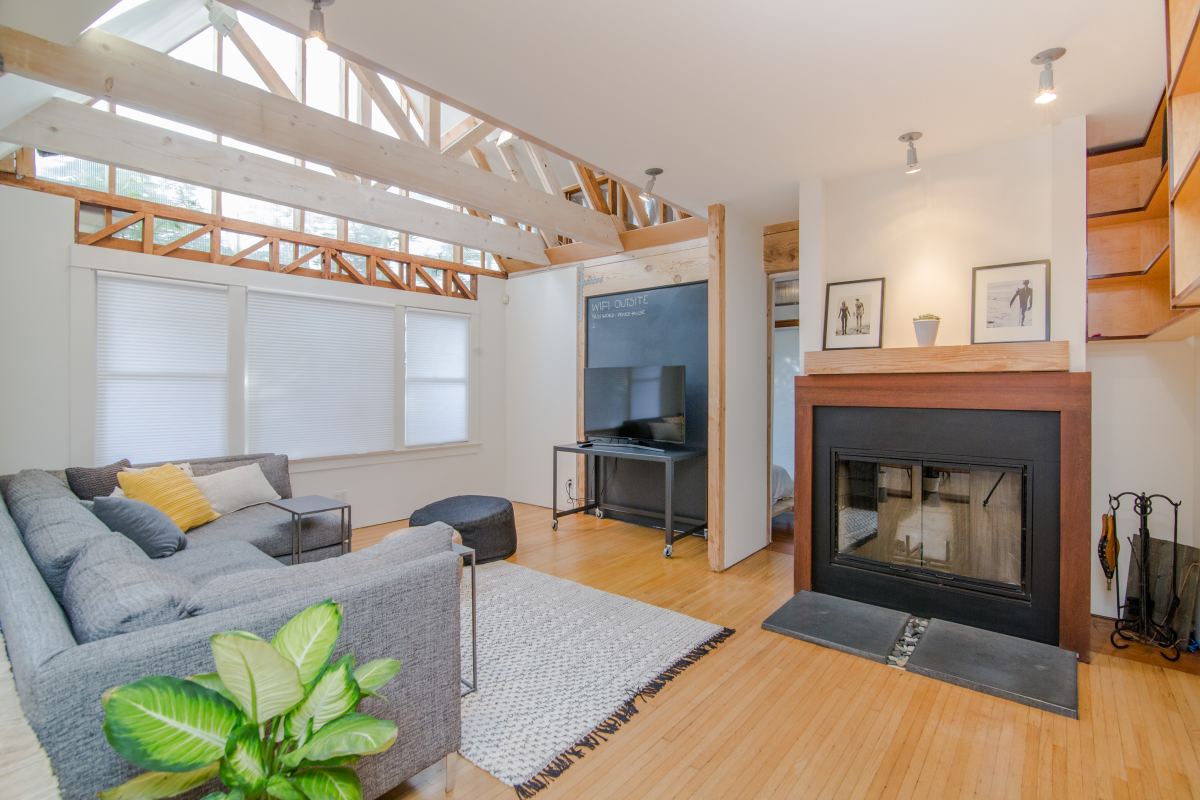
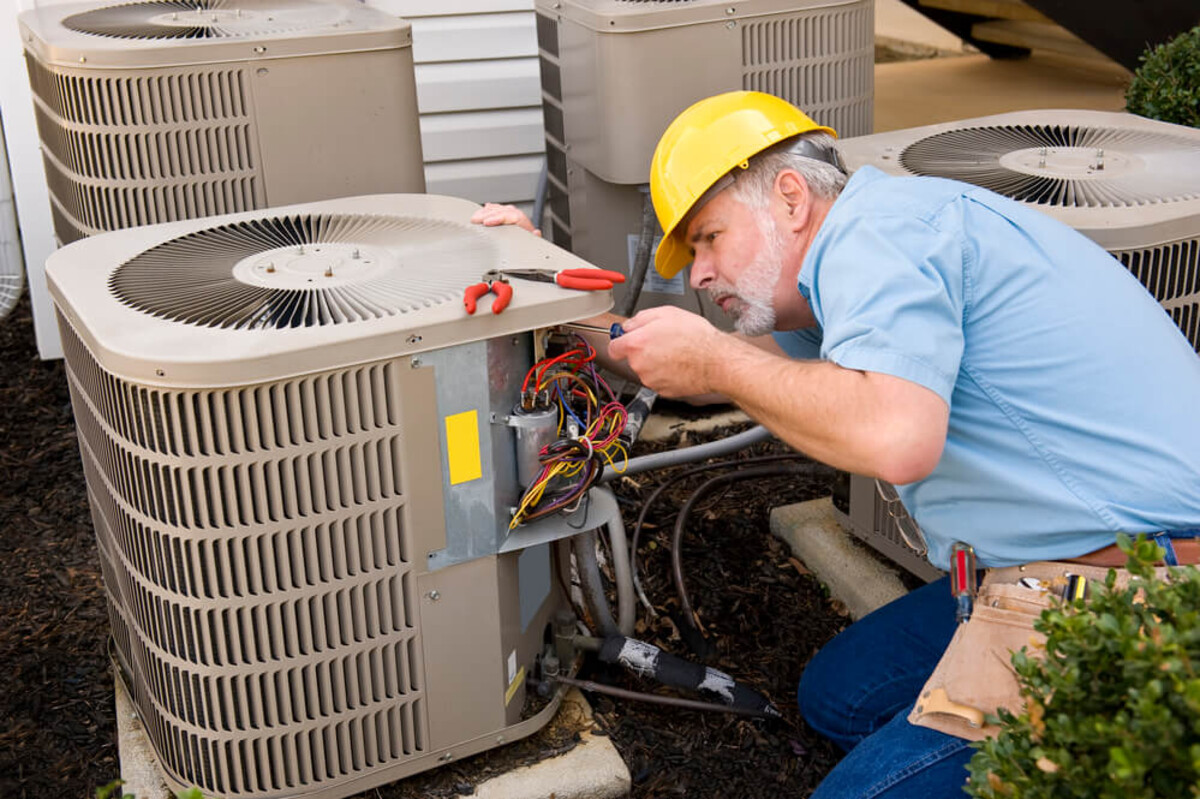
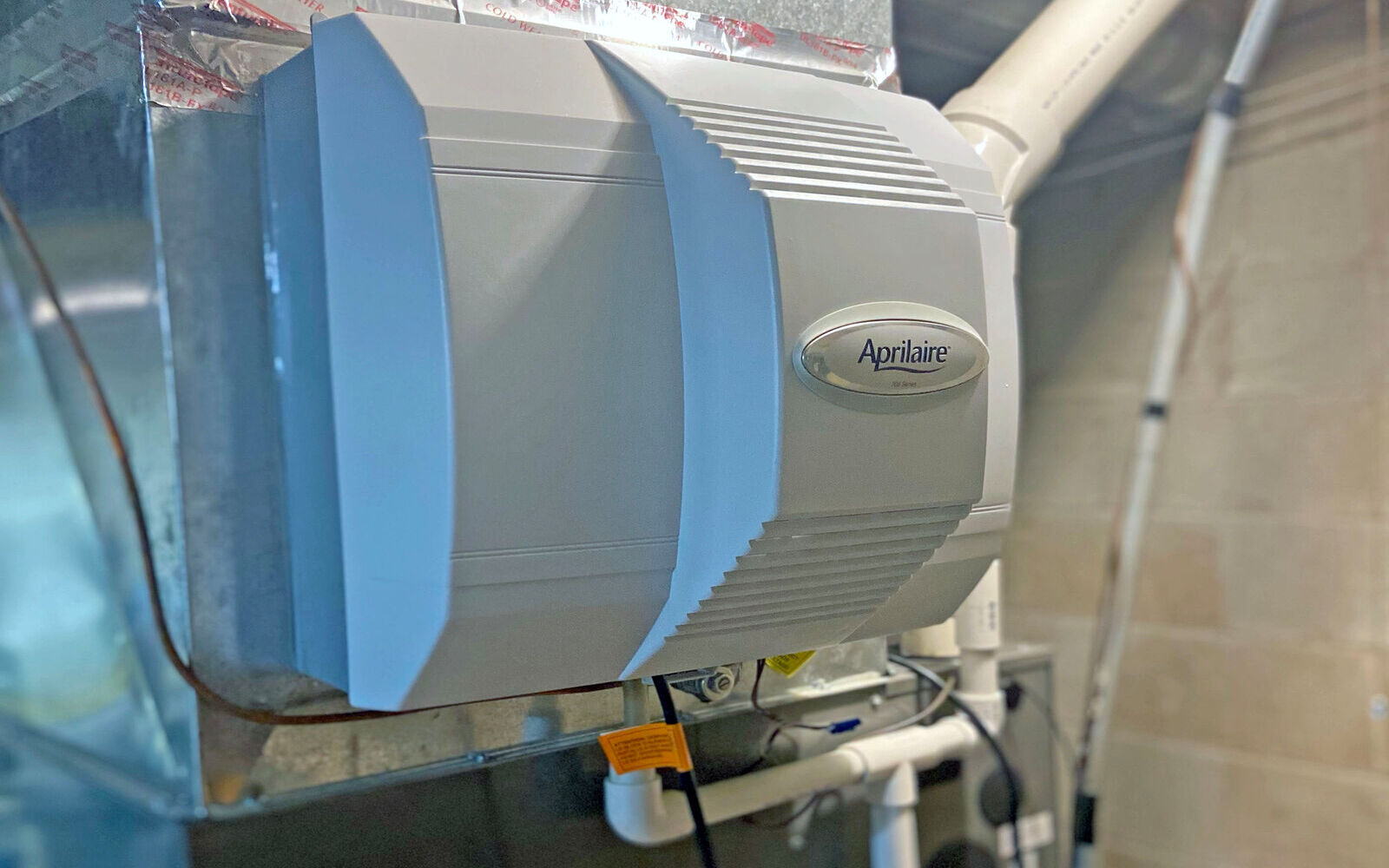
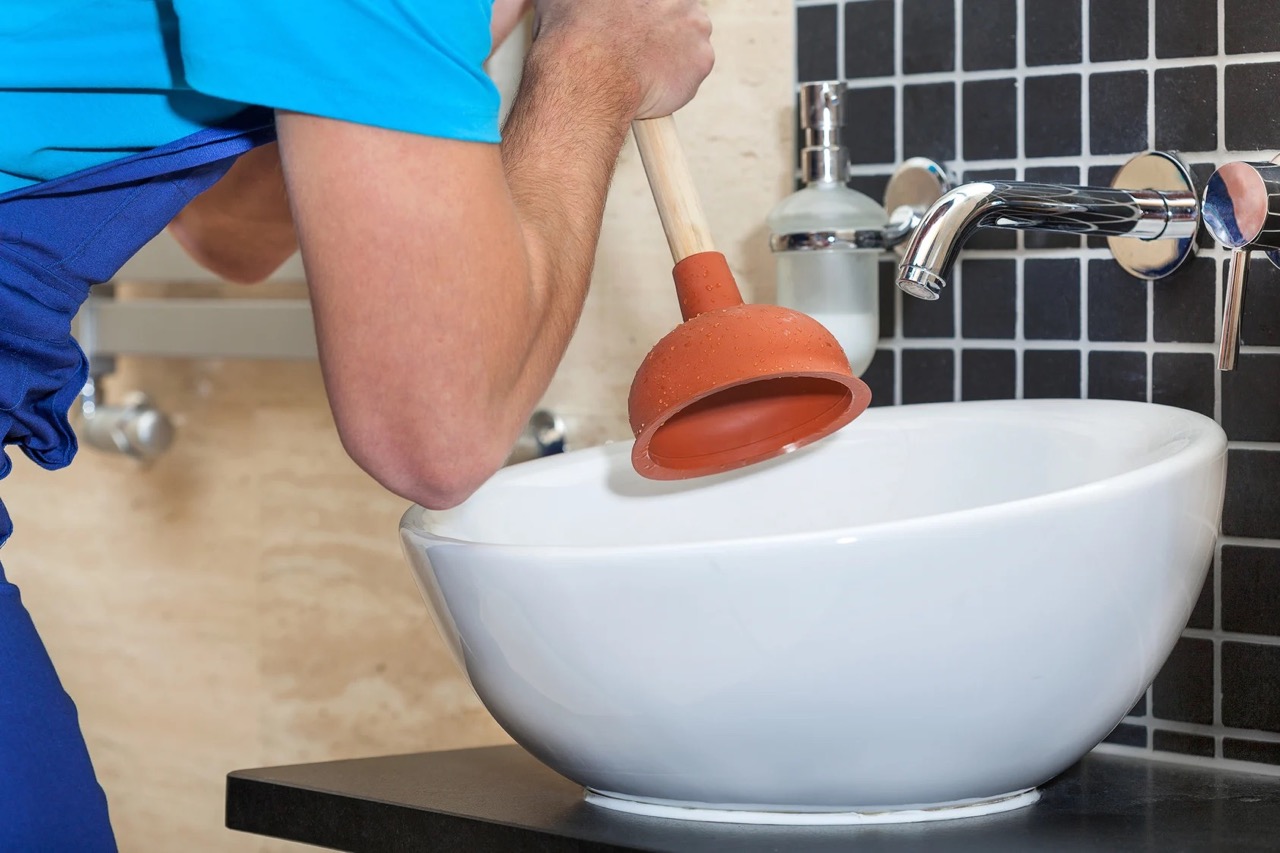
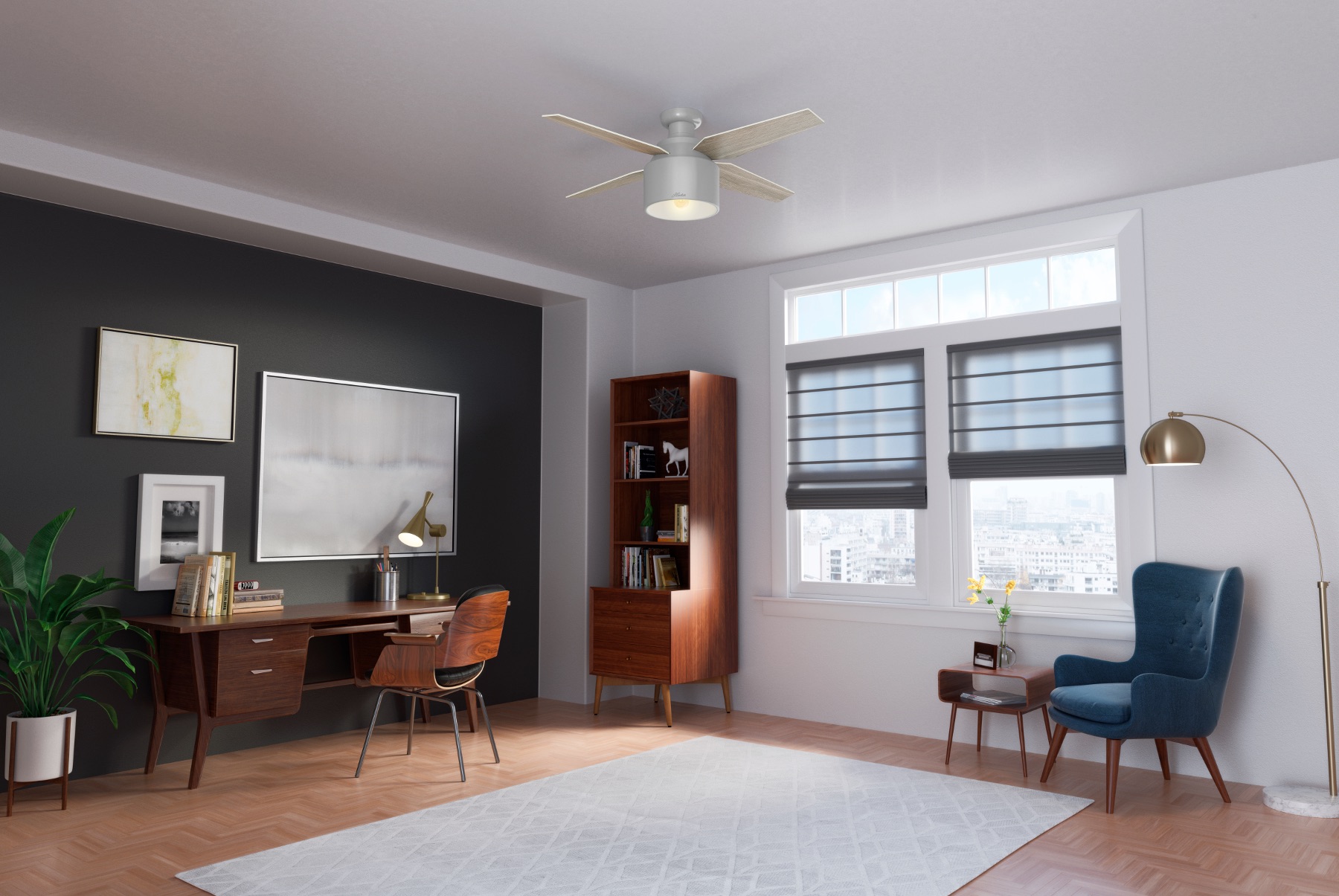
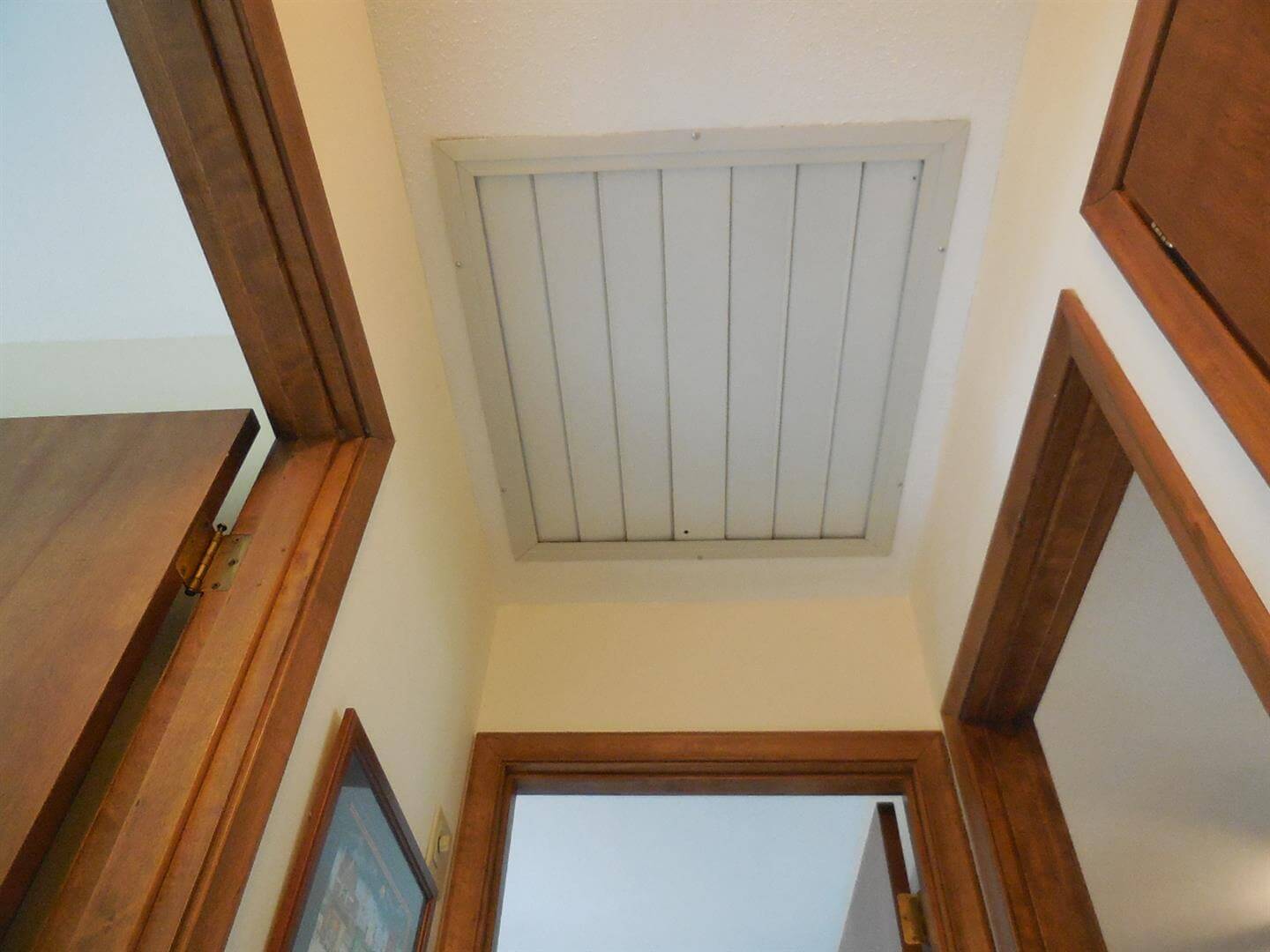


0 thoughts on “How To Install Eaton Whole House Surge Protector”